Before Craig Federighi and Apple’s other software gurus unveil the future of iOS and OS X, let’s take a minute to appreciate Scott Forstall. If Scott hadn’t been kicked out of the company three years ago we would probably still be stuck with leather and felt interfaces.
Getting removed from Apple has paid off for Scott too. He’s helping Snapchat suck less, and last night, he won an award Tim Cook and Jony Ive will never be nominated for: The Tony award for Best Musical.
Forstall has been serving as a producer on the Broadway musical “Fun Home” the past year and last night the effort paid off big time, with ‘Fun Home’ sweeping up and taking home a whopping five awards, including best new musical, best book, best original score, best direction, and best leading actor.
Check out Scott with the rest of the team on scooping up an award:


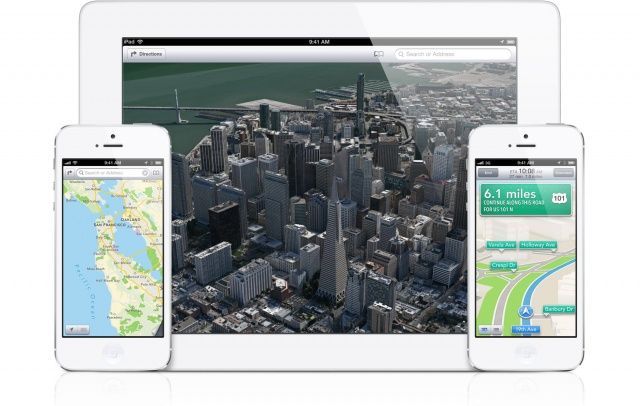

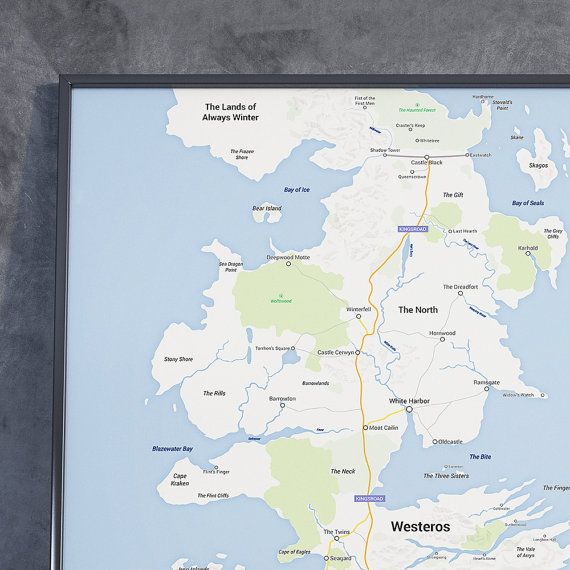
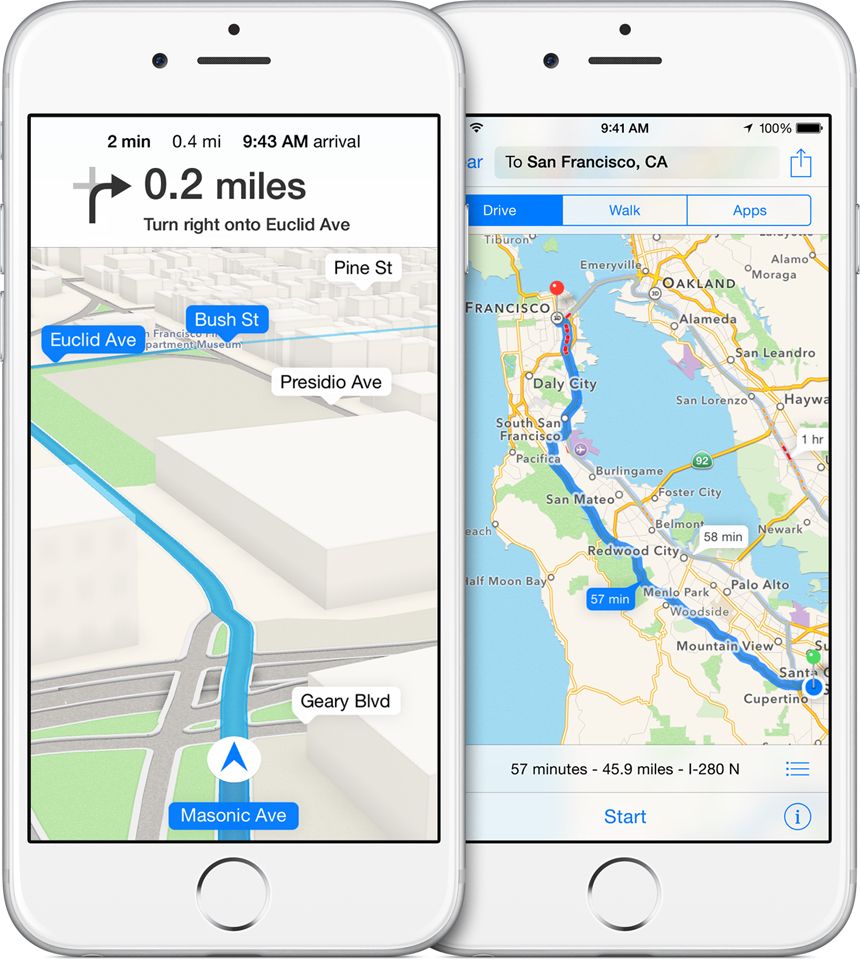



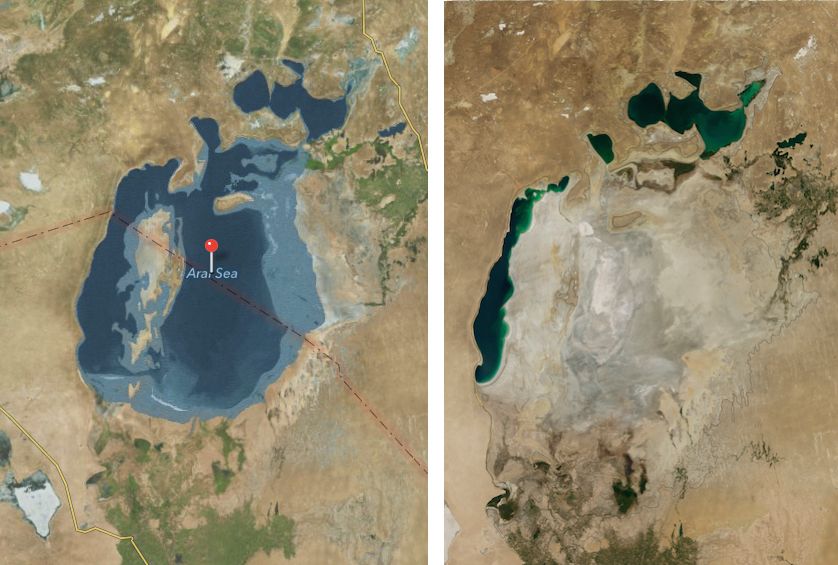
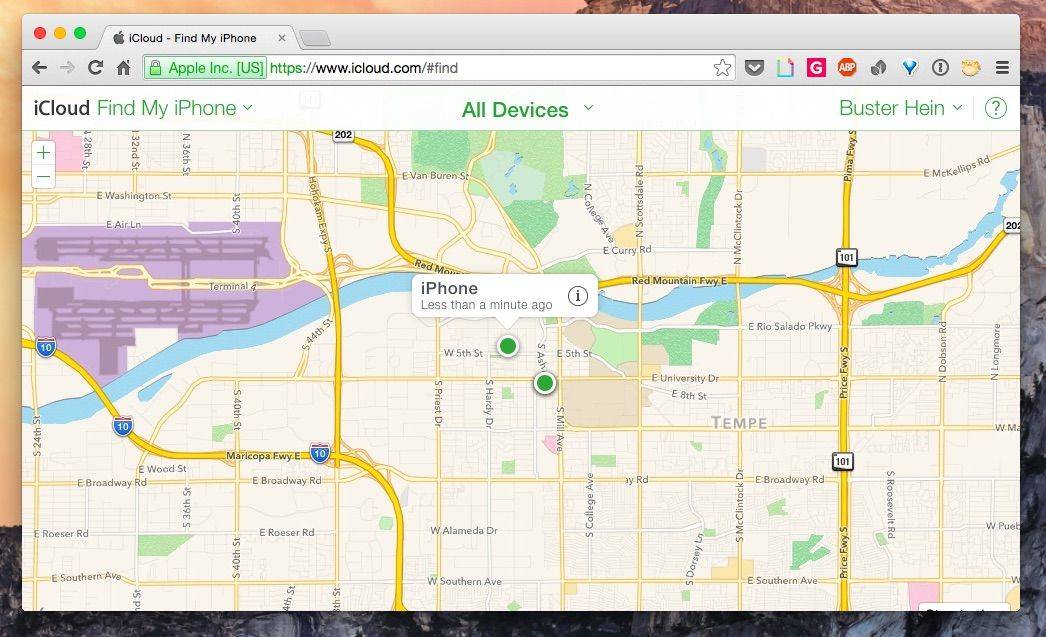
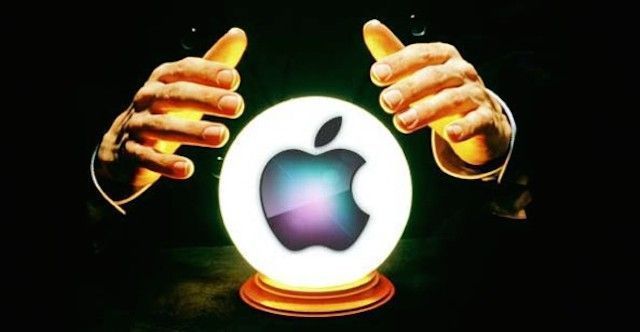
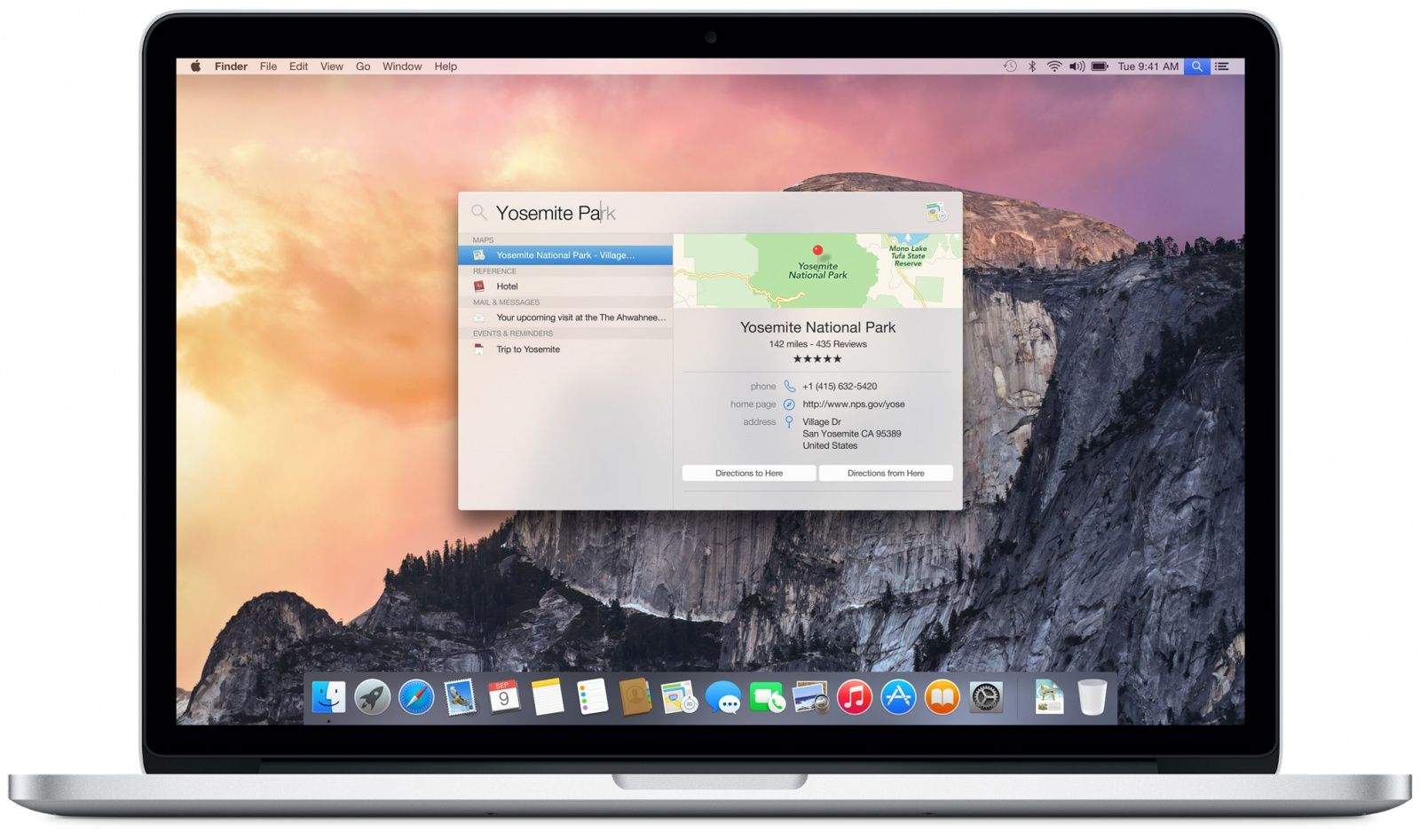
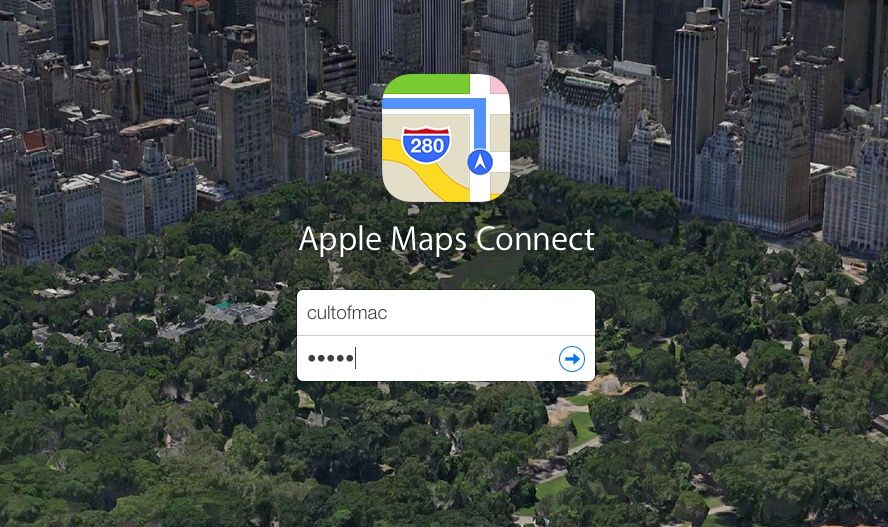
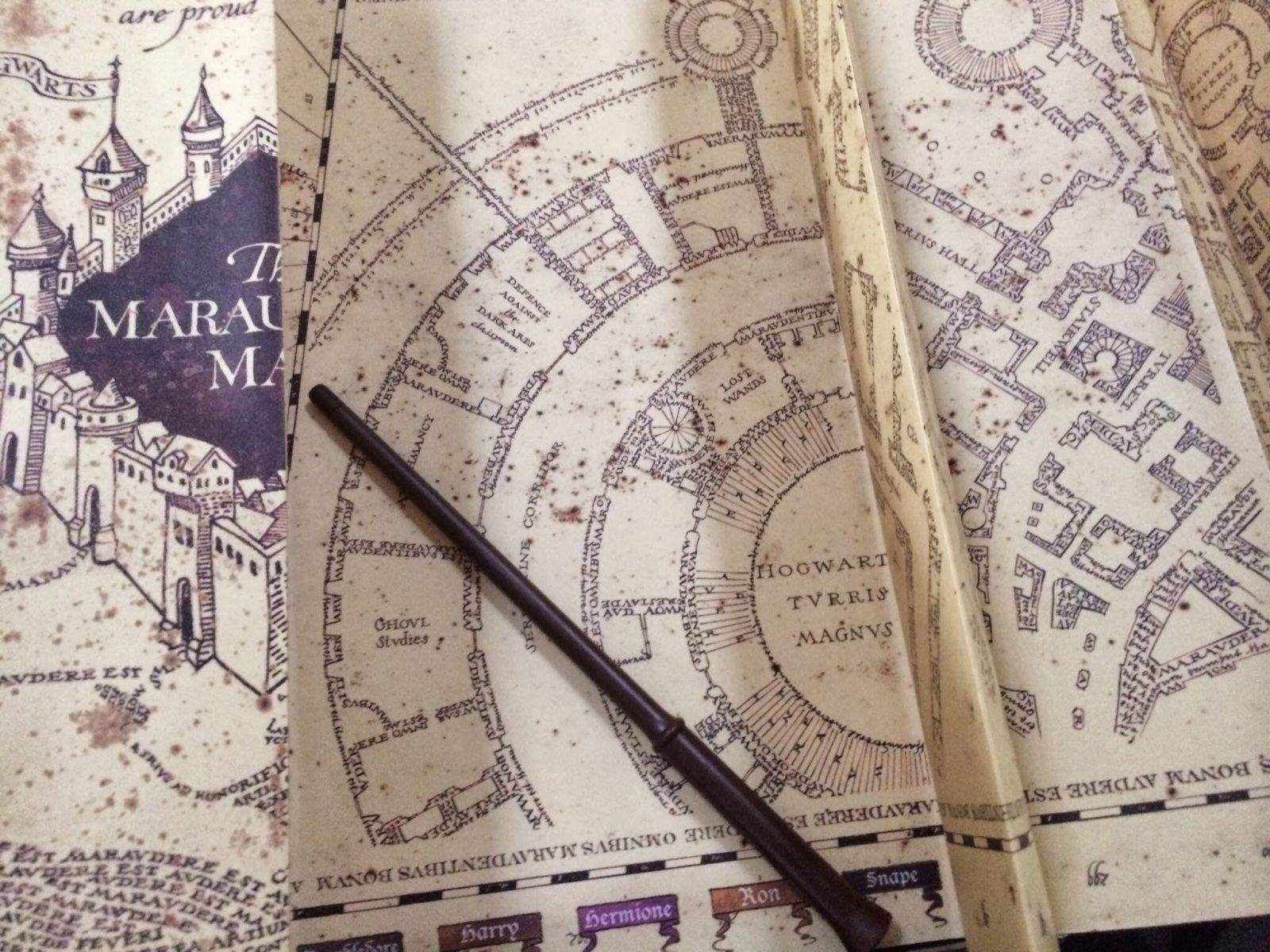
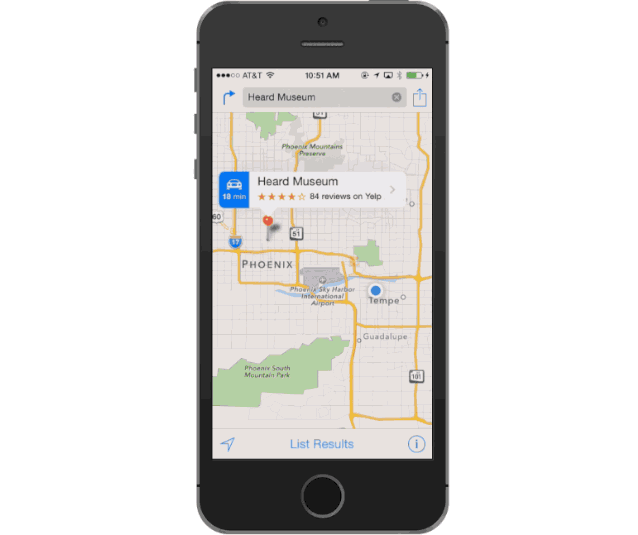
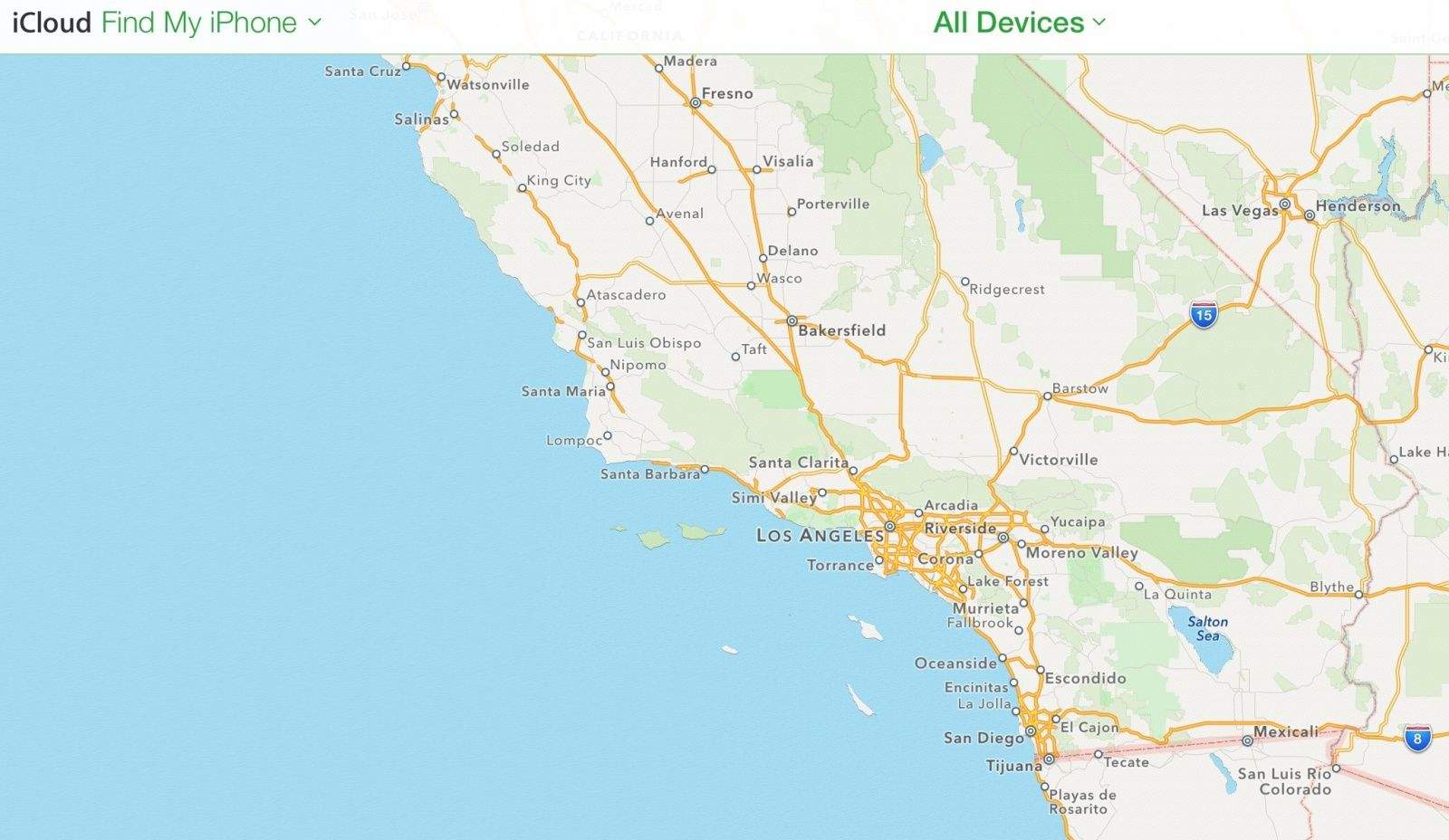
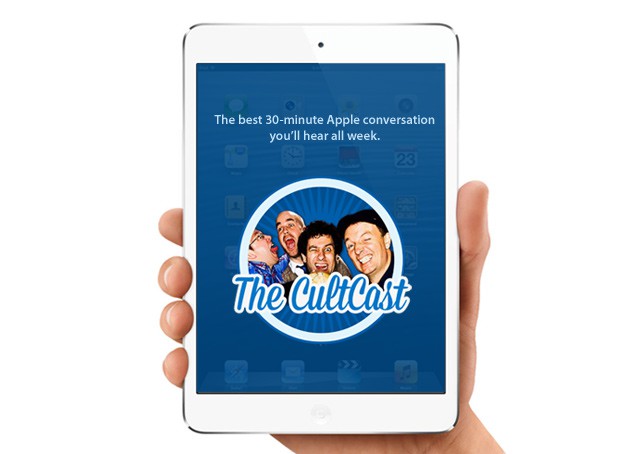





![What Apple’s Massive 2013 Buying Spree Means For The Future [Year In Review] Apple may as well run Cupertino.](https://www.cultofmac.com/wp-content/uploads/2013/12/Apple-headquarters-One-Infinite-Loop-Cupertino-1.jpg)